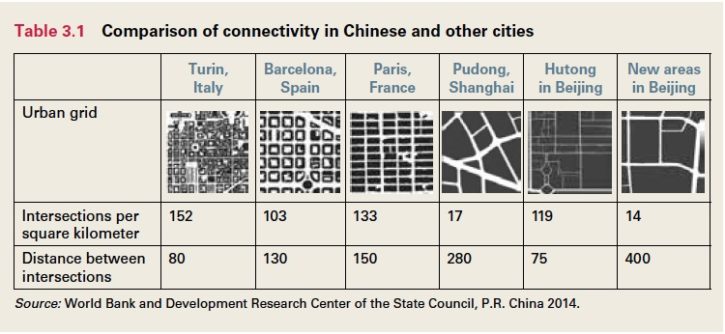
In his New-style Urbanization Plan (2014-2020), Xi Jinping called for the development of more people-friendly cities. But new mapping from the World Bank indicates just how much China’s mega-cities have abandoned traditional, community-focused design. While the traditional hutong neighborhoods of Beijing feature a compact web of alleyways, city blocks of China’s largest metropolises today stretch upwards of 400 meters, making neighborhoods unwalkable and hampering a sense of community. According to the report, “more than 50 counties in the country experienced spatial urban expansion even though their populations dropped” between 2000 and 2010. The good news: China’s most progressive urban developments—including the 2014 Paulson Institute and CCIEE Prize for Cities of the Future winner Shenzhen International Low-Carbon City—are increasingly embracing Chinese heritage, focusing on human activity first, and construction second.
Building Community in China’s New Cities
February 27, 2015


